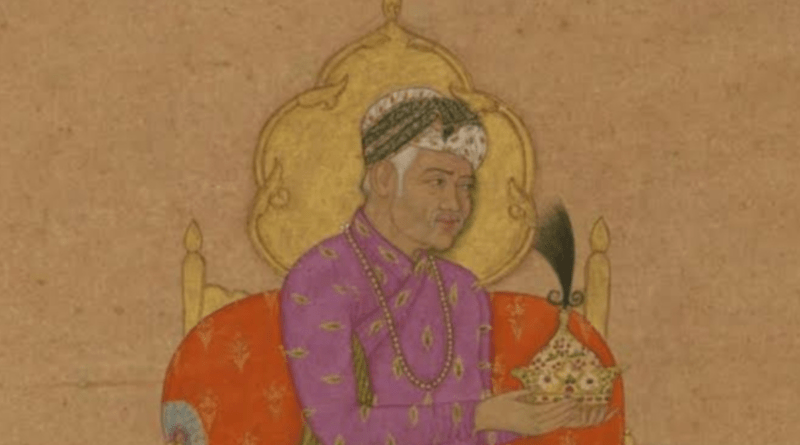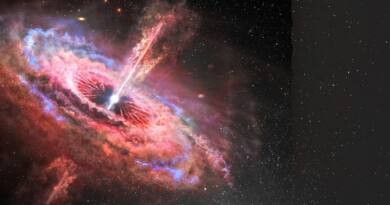When you see: Let Us Now Learn About Some of the Jewels That We’re Owned By The Mughals.
From the sixteenth to the nineteenth centuries, the Mughals ruled over most of India. They were a strong dynasty. They were well-known for leading opulent and creative lives, particularly in the jewelry industry.
Numerous valuable and semi-precious gemstones, including diamonds, emeralds, rubies, sapphires, pearls, and more, were available to the Mughals. In addition, they invented advanced methods for setting, enameling, and cutting gems, producing some of the most magnificent and rare gemstones in recorded history.
The following are some of the Mughals’ most distinctive jewels:
The Timur Ruby
This 361-carat red spinel bears the name of the Timurid dynasty’s founder, who preceded the Mughals. Several inscriptions, including those by Shah Jahan, Aurangzeb, and Farrukhsiyar, list the titles and names of the Mughal monarchs who possessed the Timur Ruby. The Timur Ruby changed hands multiple times, going from Shah Shuja to Duleep Singh, Maharaja Sher Singh, and Nader Shah. It is currently a component of the United Kingdom’s Crown Jewels, having been taken by the British following the Anglo-Sikh War in 1849.
The Peacock’s Crown
Shah Jahan ordered this exquisite throne in the seventeenth century. Encrusted with thousands of diamonds, pearls, emeralds, rubies, and other gemstones, the solid gold piece was truly magnificent. On top of the throne, which was held up by twelve pillars, was a peacock adorned with pearls, emeralds, and sapphires, and it had a fanned tail.
The Peacock Throne,
a representation of Mughal grandeur and power, was regarded as one of the world’s wonders. Only a few pieces of it survive today after Nadir Shah demolished and pillaged it in 1739. The Diamond of Akbar Shah The Golconda mines produced this 73.60-carat pear-shaped diamond, which bears Akbar’s name, the Mughal emperor. The names of three Mughal emperors—Akbar, Jahangir, and Shah Jahan—as well as the dates of their reigns are etched in Arabic on the diamond’s sides. Because it was thought to have been placed in one of the peacock’s eyes on the throne, the diamond was also known as the “Lustre of the Peacock Throne.” Nadir Shah stole the diamond in 1739, and a British dealer later recut it, erasing the historical inscriptions. The Maharaja of Baroda subsequently purchased the diamond, which is currently a part of his collection.
The Noor Koh-i-Noor
The Mughal kings Babur, Humayun, Shah Jahan, and Aurangzeb were among the owners of this 105.6-carat oval-cut diamond, which was mined in India. Following the Anglo-Sikh War, the British also seized the Koh-i-Noor, which is currently housed in the British Crown Jewels. One of the most well-known and contentious diamonds in the world, the Koh-i-Noor, is the subject of numerous ownership claims and demands for its return.
The noor of Daria
One of the biggest cut diamonds in the world, weighing 182 carats, is this pale pink diamond. In Persian, its name means “ocean of light” or “sea of light.” Along with the Noor-ul-Ain diamond, it is thought to have been mined in the Golconda mines and to have been a portion of the Great Table diamond. Several Mughal rulers owned the Daria-i-Noor, including Shah Jahan, whose name was carved on it. The diamond, which is currently a part of the Iranian Crown Jewels, was also captured in 1739 by Nadir Shah.




